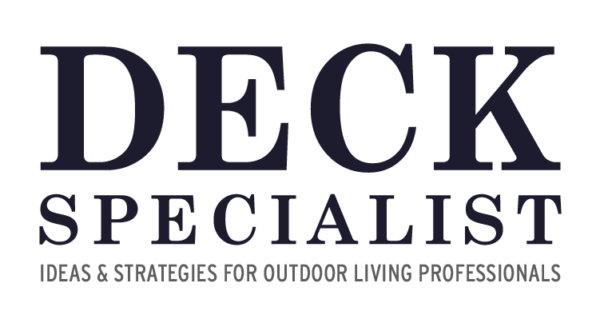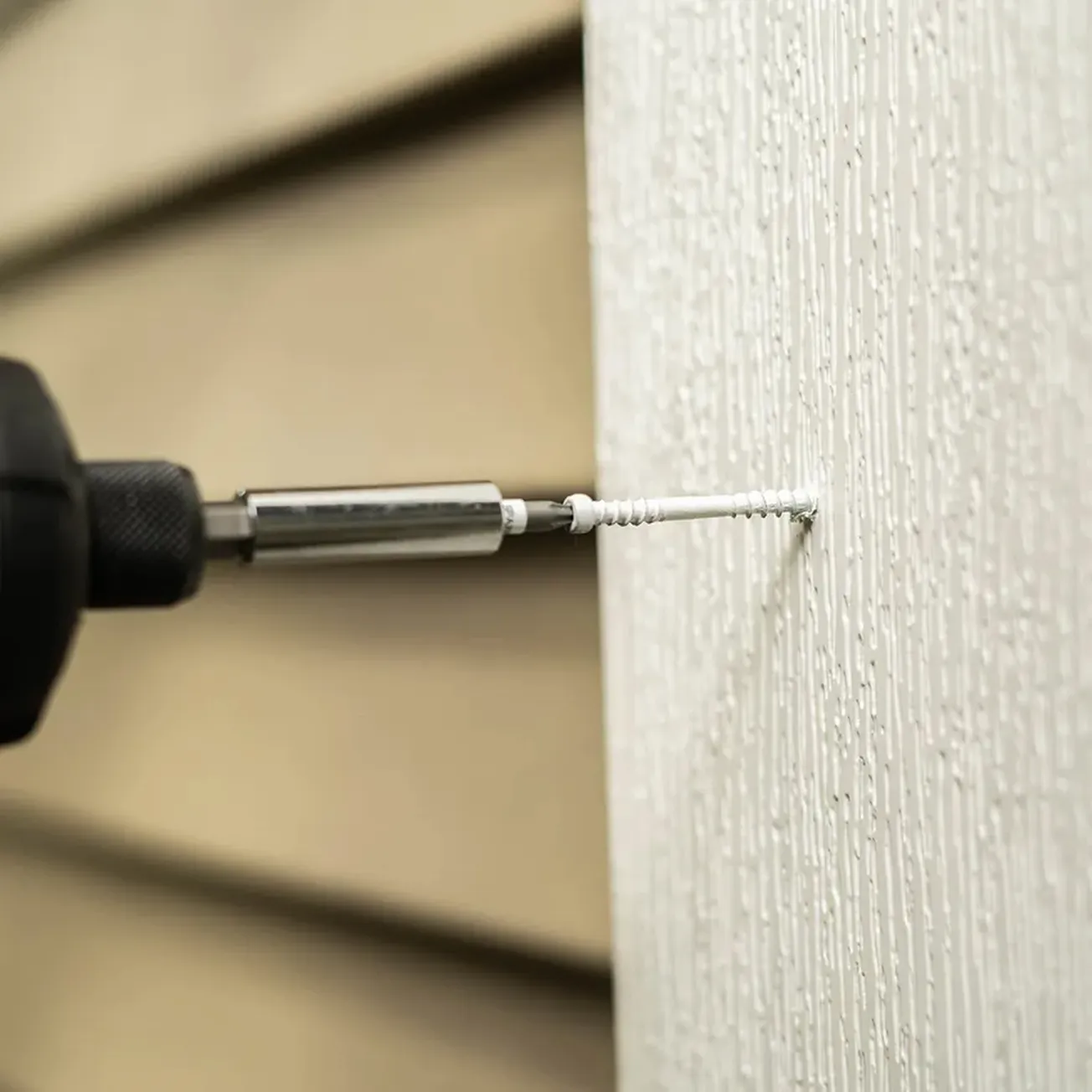Table of Contents
As families continue to invest in their outdoor living spaces, we see several trends emerging from different regions throughout North America. Across our network of dealers and Wolf PRO contractors, we looked at what’s trending this season.
What’s Your Region’s Color?
The Northeast region of the U.S. gravitates toward Harbor Grey, a solid gray, with light color tone. For example, in New Jersey many of the docks by the shore are being constructed with complementary grays which drives this color popularity.
The southern regions like North Carolina and Georgia favor warmer colors such as Sand Castle or Amberwood. And when we look at the coastal regions of Florida, a staggering 52% of decking was a shade of gray. Some of the colors are driven by style, while others may be more related to the overall homes style or reflective of HOAs.
Interestingly, Canadian provinces, territories and the Northwest U.S. are on the deep, dark and natural color spectrum. They are all-in on Black Walnut and Onyx and often paired with Silver Teak. These darker colors are typically used to picture frame the deck and contrast the home’s colors.
It’s not just about choosing a singular color but selecting two contrasting or complementing colors—one for the majority of the deck and one for the accent color—to set your deck apart with visual points of interest.
Unique Board Placements Draw Attention
When it comes to customization, color is only one piece of the deck design puzzle. Board layout and orientation can create strong visual points to create a distinct feature element, which is often influenced by the builder, their experience, and preference. Some builders have created their own custom elements to brand their services. Always keep in mind, that boards must be laid in a way that breaks up the expansion and contraction which can be done a couple of ways.
Staggered butt joints and use of breaker board are the most popular. An emerging trend we’re seeing in the upper Midwest is decking laid at a 45-degree angle, corner to corner, instead of the traditional perpendicular or parallel to the home boards.
On the East Coast, we see a lot of curving deck boards driven by the landscaping trends. In Ontario, builders have used unexpected patterns creating a “wow” factor and personality to the outdoor space.
Like architectural differences by territories, we also see a difference in the rim boards, or fascia, used on decks. The East Coast typically integrates white trim for the stair riser, while the Western and Northern regions use matching deck board end to end. This is typically driven by the desire to achieve balance with the home’s trim and its design.
Multi-level decks are a growing trend seen mostly on the West Coast and Northern regions, typically driven by the surrounding terrain to take advantage of skylines and views.
The skirting used around decks also varies regionally. For example, homes in the Northwest often choose lattice skirting because these homes feature a basement or have a walkout, so the space under the deck is open. Homes in the Northeast, which may be built on a slab, results in a deck that is low to the ground. This has contractors opting for decking as the skirting to create a clean look.
Regional trends in outdoor sanctuaries vary from railing and lighting, to pergolas to outdoor cabinetry and fire features, and the choices are seemingly endless for homeowners.
Homeowners in different regions gravitate toward vastly different trends, so it is important to be aware of what may be better received by customers. One thing is for certain, be it flat gray or variegated gray, this color is here to stay and a clear winner across all regions.










